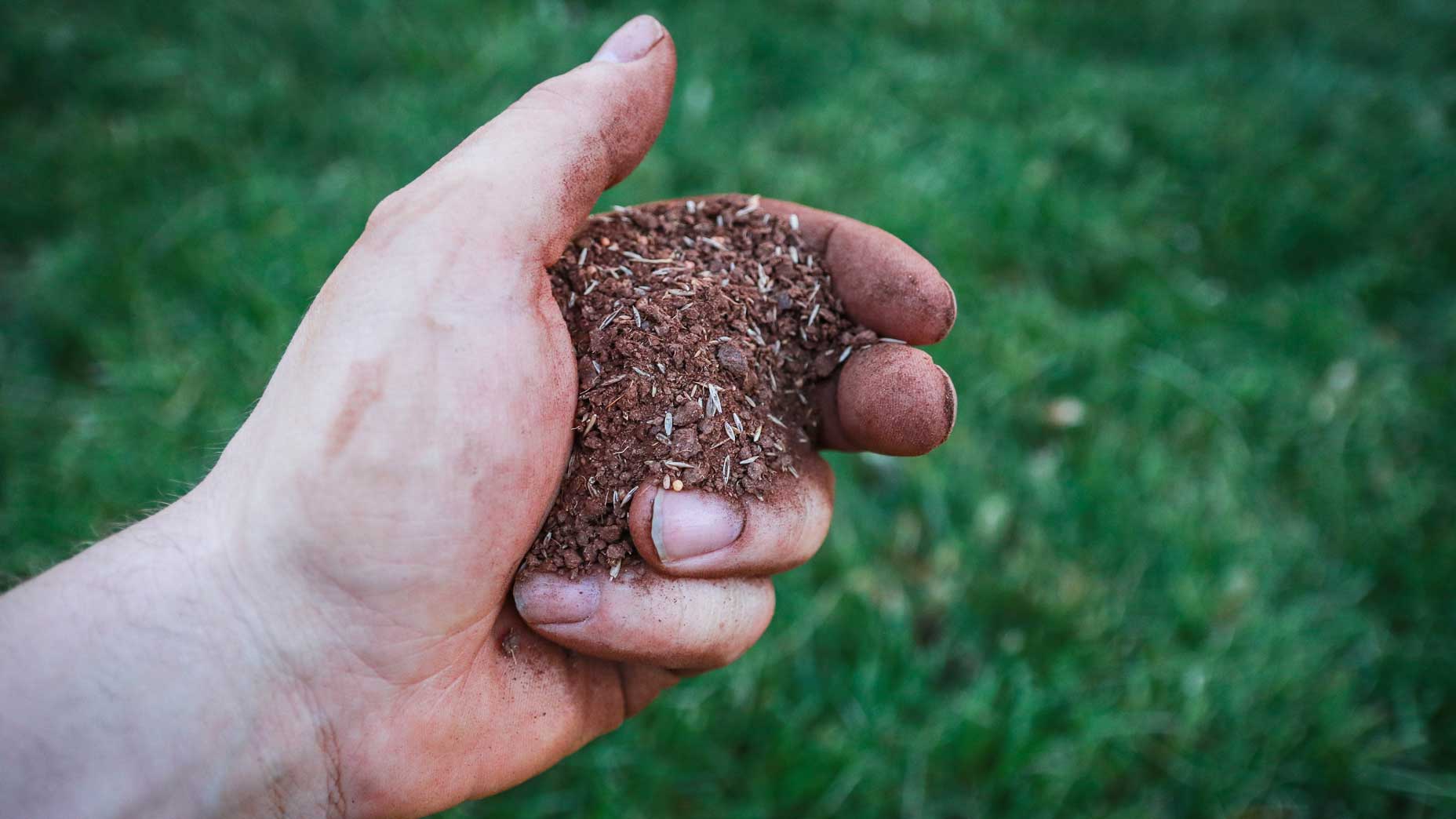Why this common golf-course practice is falling out of favor
Overseeding is a longstanding practice that keeps golf courses green throughout the winter. But is it worth the cost?
The post Why this common golf-course practice is falling out of favor appeared first on Golf.
Overseeding is a longstanding practice that keeps golf courses green throughout the winter. But is it worth the cost?
The post Why this common golf-course practice is falling out of favor appeared first on Golf.
It happens every year, with ritualistic rhythm, like the humpbacks returning to Kapalua: golf-addicted snowbirds from northern states migrate south in search of warmer weather and verdant fairways.
Many of the lush, green courses they encounter come courtesy of a practice known as overseeding, which works precisely as the name suggests: as warm-season grasses, such as Bermuda, go dormant, maintenance crews supplant it with cool-season ryegrass, which provides an emerald playing surface throughout the fall, winter and spring, until the heat returns, the warm-season grasses reawaken and the cycle begins again.
Overseeding works (Augusta National does it, and no one complains about the conditions there). But it’s time and resource-intensive (notably, it requires a lot of water to get those ryegrass seedlings going), and in recent years it has been falling out of favor. According to data from the Golf Course Superintendents Association of America (GCSAA), the total projected acreage of overseeded turf in golf dropped by 60 percent between 2005 and 2021.
To overseed or not to overseed? The calculus varies from region to region, even course to course. James Symons, a 22-year member of the GCSAA, is the superintendent at Anthem Country Club, in Henderson, Nev., which has cut back dramatically on the practice. We asked Symons to walk us through the considerations at Anthem, the implications and the pros and cons of overseeding as a whole.
Why the course used to overseed
Up until 2022, Anthem overseeded its tees, fairways and rough, usually in mid-September, creating a wall-to-wall playground of ryegrass, 90 acres altogether. The labor requirement, Symons says, was “immense,” requiring a full week of 12-hour days for prepping, and another two full days spent dropping seed. In total, that meant closing the course for 3 to 4 weeks, which allowed time for the newly seeded ryegrass to grow in. Golfers didn’t like that. But they liked the results. Perennial ryegrass, Symons says, is “a fantastic playing surface” that also “maintains the green that golfers love — especially visitors from colder climates.” Homeowners around the course are partial to it, too.
Why the course no longer overseeds
Starting Jan. 1, 2024, Southern Nevada will be hit with water restrictions that will reduce golf-course allotments by 36 percent. Anthem saw the writing on the wall. To comply, Symons says, the club would have to reduce water use by 50 million gallons per year. In 2022, Anthem converted its fairways to highly drought-tolerant strain of Bermuda, and stopped overseeding them. This past September, it did the same with its practice grounds. The club also stopped overseeding its tees this past fall. Now, only the rough gets overseeded, which amounts to less than half the total acreage on the course. As a result, the course has seen a 20 percent drop in water use in 2023, compared to its six-year average.
Pros and cons of overseeding
On the plus side, Symons says, he’s not just saving water. He’s saving money (in the post-pandemic world, seed costs, among other things, have shot up) and staff hours, which he can now devote to other projects. Though the course still closes, it has to shut down only for two-and-a-half weeks, because the rough requires less prep than tees and fairways. What’s more, come srping, the course greens up faster, as the reawakened Bermuda doesn’t have to compete with any lingering rye. Lastly, many golfers love the playability and aesthetics of tan and bouncy fairways framed by lush rye rough. The ball sits up nicely, and runs forever along a landscape with a cool, contrasted look.
Not that everyone likes tawny turf. For some golfers, only green will do. For that, there’s paint. But those costs (roughly $9,500 per monthly application for 35 acres of fairway, Symons says) can pile up, as cart traffic quickly wears down paints on dormant Bermuda, which (another downside) can get matted down and dusty as the winter wears on.
Larger implications
Augusta National goes to ryegrass for a reason, Symons says. It’s a great playing surface that also looks beautiful. But many courses don’t have the luxury, especially not in the Southwest, where water, always precious, grows scarcer all the time. Symons says he can envision a day when water levels in Lake Mead drop so low that water restrictions will get tighter still. It’s not unfathomable, at some point in the future, that Anthem might abandon overseeding altogether.
Whatever happens, Symons says, the golf industry will have to keep adapting, which might mean letting more grass go dormant. That, Symons says, a “paradigm shift for snowbirds and members to accept the eventual new normal,” which wouldn’t be bad, either.
On dormant courses, after all, “the playability is quite good and the ball roll is so good that drives go much father,” Symons says. “What’s not to like about that?”
The post Why this common golf-course practice is falling out of favor appeared first on Golf.


